Technological Innovations
Technological advancements are playing a crucial role in shaping the Non-woven Packaging Market. Innovations in manufacturing processes, such as improved bonding techniques and the development of new non-woven materials, are enhancing the performance and versatility of packaging solutions. These advancements enable manufacturers to produce lighter, stronger, and more cost-effective non-woven products, which can cater to diverse market needs. As technology continues to evolve, it is anticipated that the Non-woven Packaging Market will experience increased efficiency and reduced production costs, thereby attracting more businesses to adopt non-woven solutions for their packaging requirements.
Sustainability Initiatives
The increasing emphasis on sustainability appears to be a pivotal driver for the Non-woven Packaging Market. As consumers and businesses alike become more environmentally conscious, the demand for eco-friendly packaging solutions is on the rise. Non-woven materials, often made from recycled or biodegradable components, align well with these sustainability goals. Reports indicate that the market for sustainable packaging is projected to grow significantly, with non-woven options gaining traction due to their lightweight and recyclable nature. This shift not only caters to consumer preferences but also encourages manufacturers to innovate and adopt greener practices, thereby enhancing their market position in the Non-woven Packaging Market.
Rising Demand in E-commerce
The surge in e-commerce activities is likely to bolster the Non-woven Packaging Market. As online shopping continues to expand, the need for efficient and protective packaging solutions becomes increasingly critical. Non-woven packaging offers durability and flexibility, making it suitable for a variety of products, from clothing to electronics. Market data suggests that the e-commerce sector is expected to witness substantial growth, which in turn drives the demand for non-woven packaging solutions that can withstand shipping and handling. This trend indicates a promising future for the Non-woven Packaging Market, as businesses seek reliable packaging options to enhance customer satisfaction and reduce return rates.
Health and Hygiene Awareness
The heightened awareness surrounding health and hygiene is emerging as a significant driver for the Non-woven Packaging Market. With consumers prioritizing safety and cleanliness, particularly in sectors such as food and pharmaceuticals, non-woven materials are increasingly favored for their barrier properties and disposability. The market for hygienic packaging solutions is projected to expand, with non-woven options being utilized for single-use applications that ensure product safety. This trend not only reflects changing consumer behaviors but also presents opportunities for manufacturers to innovate within the Non-woven Packaging Market, catering to the growing demand for hygienic and safe packaging solutions.
Regulatory Support for Eco-friendly Materials
Regulatory frameworks promoting the use of eco-friendly materials are likely to drive growth in the Non-woven Packaging Market. Governments and regulatory bodies are increasingly implementing policies that encourage the adoption of sustainable packaging solutions, including non-woven materials. These regulations often aim to reduce plastic waste and promote recycling initiatives, creating a favorable environment for non-woven packaging. As companies strive to comply with these regulations, the demand for non-woven packaging solutions is expected to rise. This regulatory support not only enhances the market potential for non-woven materials but also aligns with the broader global movement towards sustainability in packaging.


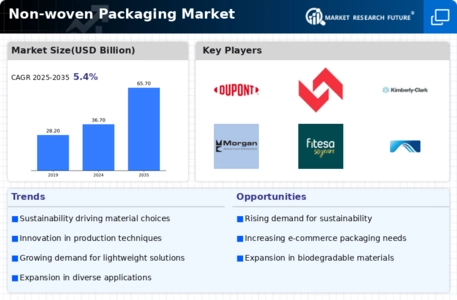
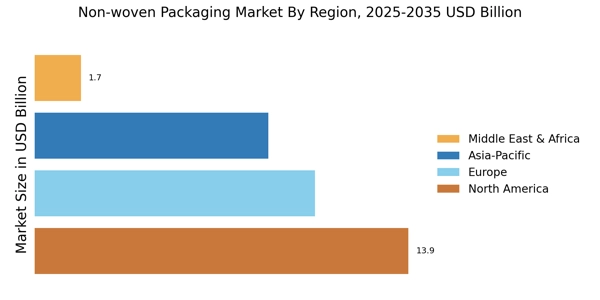
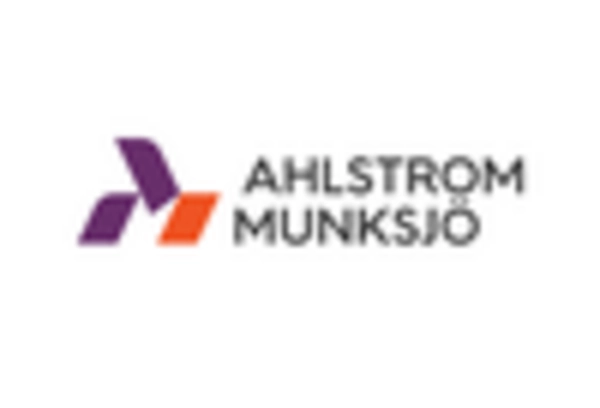
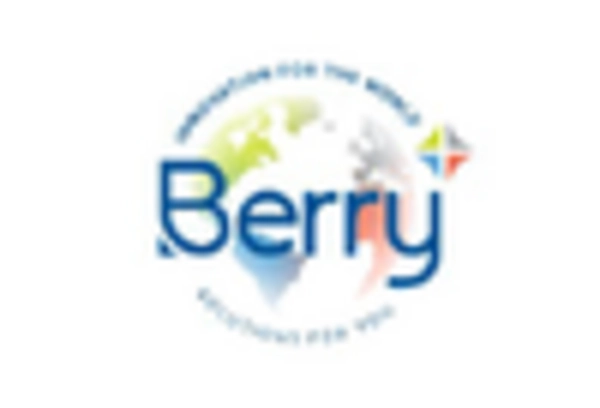
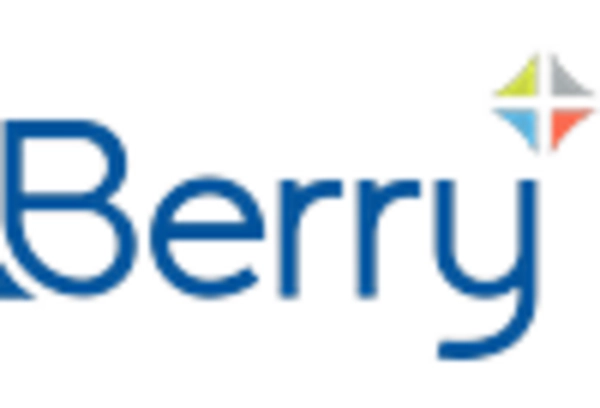



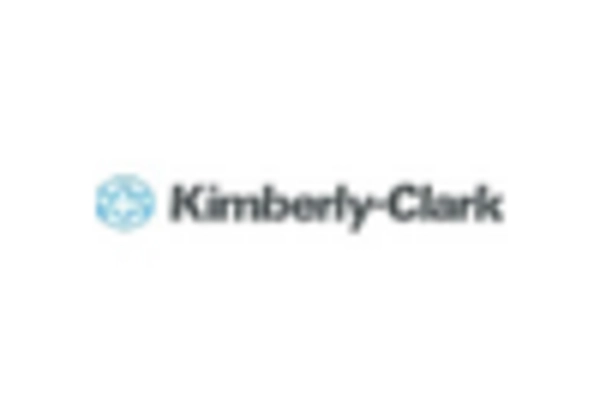
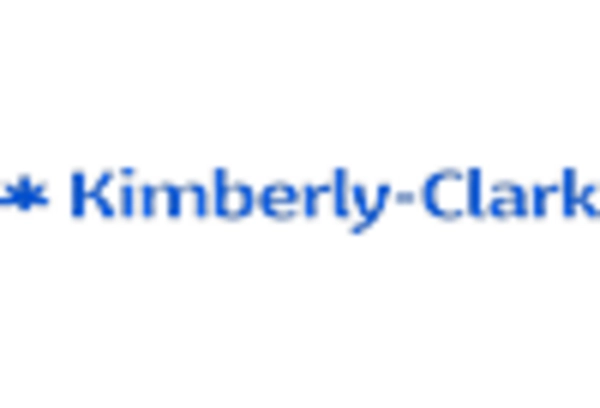

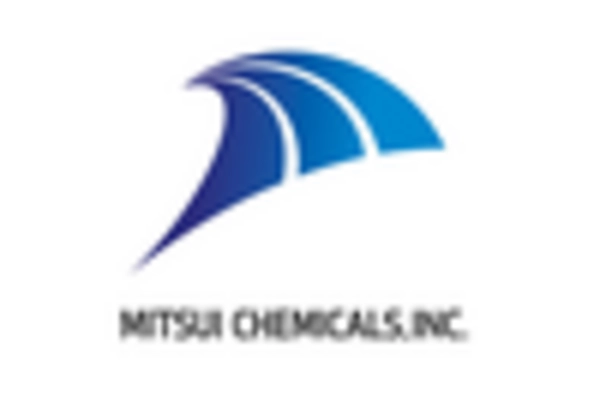








Leave a Comment